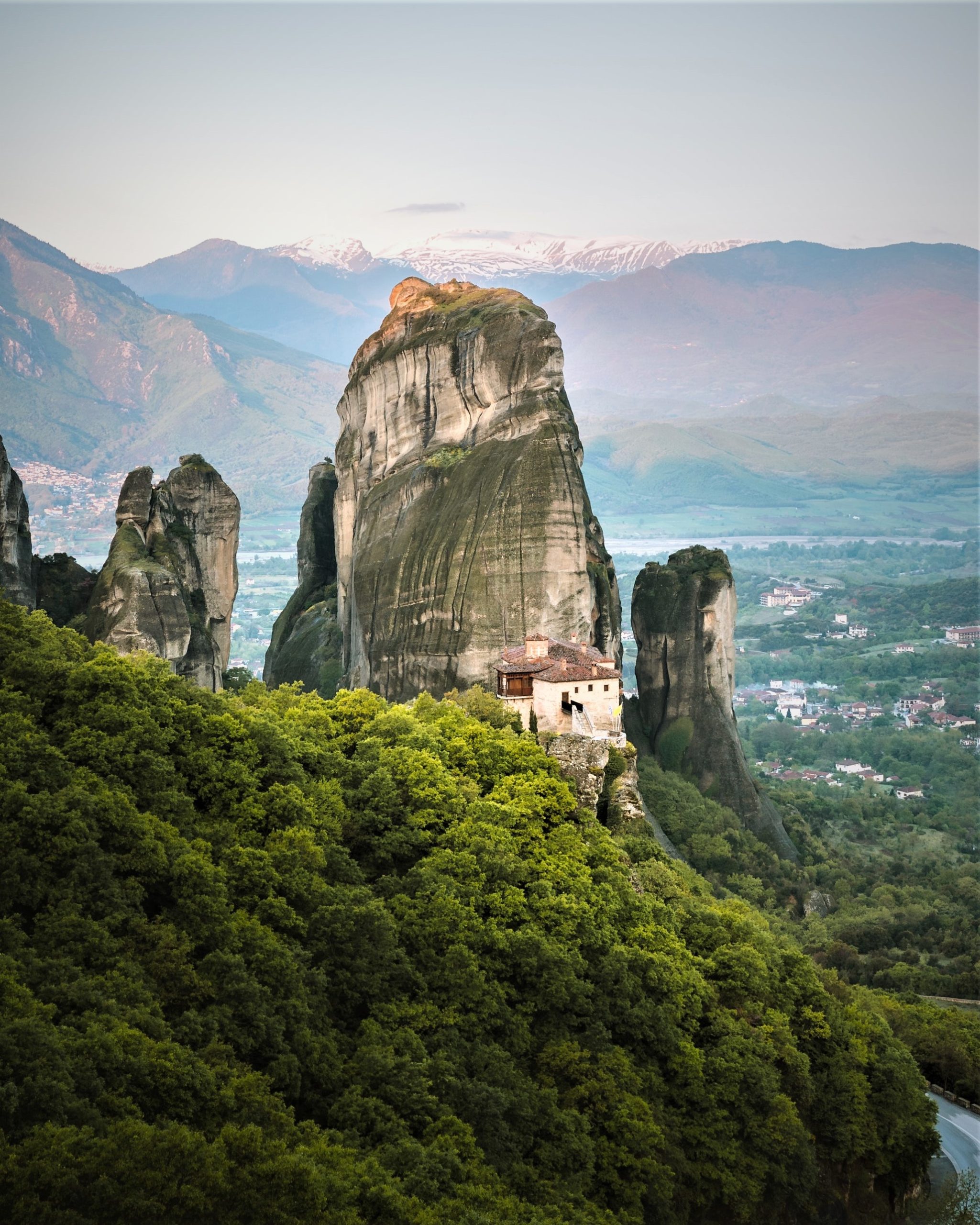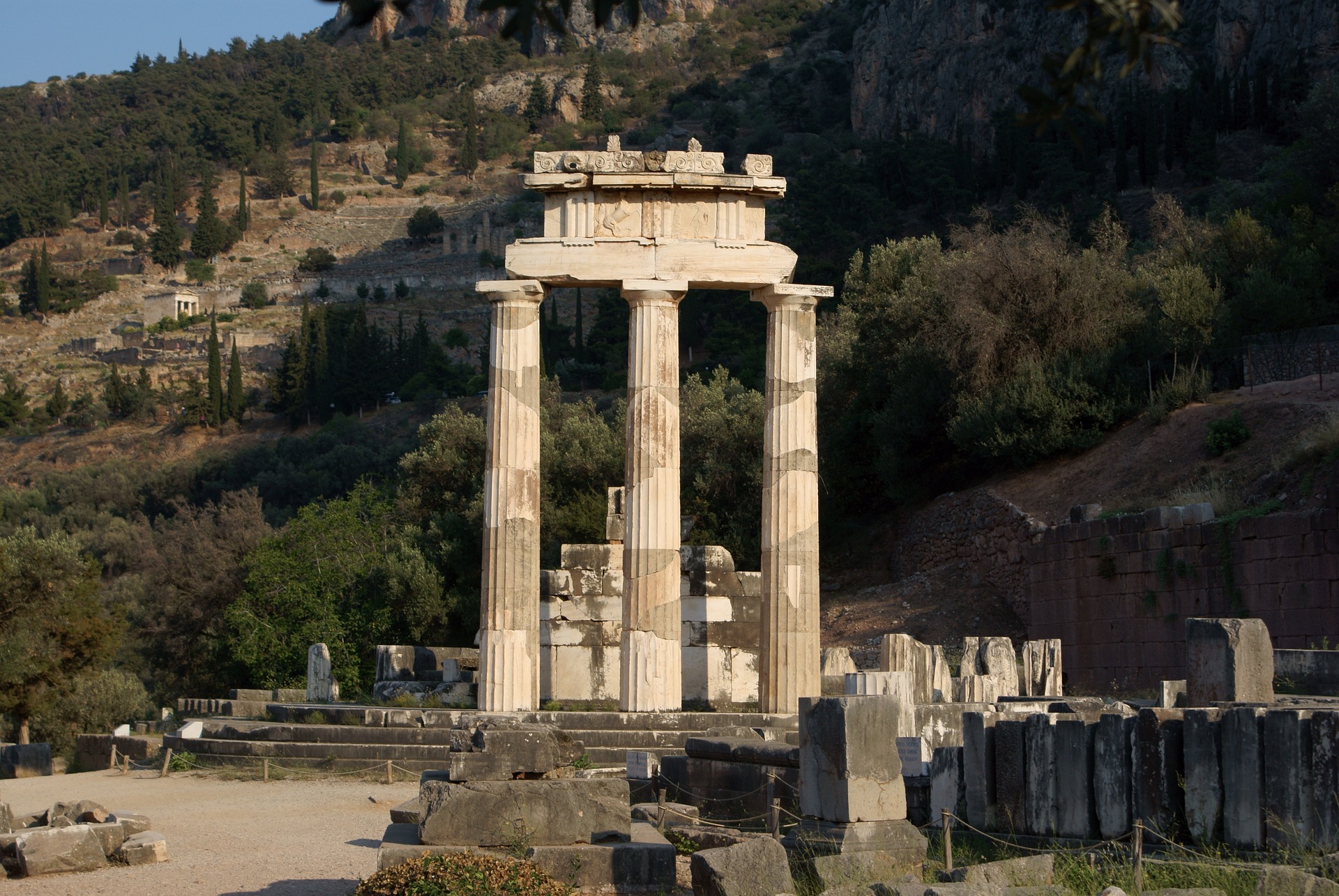Trip Info
Visit two of Greece’s UNESCO-listed attractions on this 2-day tour from Athens. Tour the classical ruins of the mountainside site of Delphi, once considered the center of the world, and then cross the Thessalian Plain to visit the medieval rock top monasteries of Meteora.
From ancient times, Delphi, was the attraction for many visitors and of course there were many reasons for this: the Oracle, the Sanctuary of Apollo, the Pythian Games or just because Delphi was the Navel of the Earth.The myths that are related to Delphi, the history, the archaeological excavation and the imposing scenery made Delphi one of the most important tourist attractions of Greece. The archaeological site of Delphi with the ruins of the Temple of Apollo, the Treasuries, the ancient Theatre and the Stadium will help you to understand the reason!
One of the greatest monuments of the world, protected by UNESCO and characterized by it as “A Preserved and Protected Monument of Humanity”, Meteora is the most important (after Aghios Oros) monastic community in Greece. The first ascetics came here in the 11th century. Meteora, however, flourished as a monastic center between the 13th and 14th century as many people who lived in the nearby areas embraced the monastic way of living.The six (of an original twenty-four) monasteries are built on immense natural pillars and hill-like rounded boulders that dominate the local area. Between the 13th and 14th centuries, the twenty-four monasteries were established atop the rocks. Meteora is located in between the town of Kalabaka and the village of Kastraki at the northwestern edge of the Plain of Thessaly near the Pineios river and Pindus Mountains.
Overview
Set off on an enchanting excursion to visit the most iconic sights in Greece!Delphi one of the most important archaelogical places of Greece and perhaps of all over the world, where the most famous oracle of the ancient Greek world operated.
A few kilometers northwest of the Thessalian plain, in the town of Kalambaka, is one of the most impressive landscapes of Greece, the rocks of Meteora. Many centuries ago, these huge rocks were formed that exceed a height of 600 meters and in which the hermits found refuge, establishing one of the most important monastic communities in Greece. Meteora is a unique place and is a top travel destination because it is a complex of huge Paleolithic rocks and Byzantine monasteries on their steep peaks with unique relics and frescoes. Today eight Holy Monasteries are preserved, of which six are in operation, four for men and two for women. In 1988, Meteora was declared a UNESCO World Heritage Site and the wider area of Antichasia belongs to the European ecological network NATURA 2000, as it has rare fauna and flora.








